CB6 Land Use Committee Approves Gowanus Rezoning Plan With Long List of Conditions
Among the list of wants are more public space and a study on coastal flooding in Red Hook and Gowanus.

Photo by Susan De Vries
Community Board 6’s Land Use Committee voted to approve the Gowanus rezoning plan on June 17 with a lengthy list of conditions, marking the first approval the controversial scheme has garnered as it snakes its way through the city’s Uniform Land Use Review Procedure.
The committee voted 8-5 to approve a resolution to support the plan, after debating amendments for over two hours.
“I think we’ve done something that was long needed,” said board member Jerry Armer. “We’ve taken a city rezoning plan and made it better.”
The rezoning seeks to allow for large residential development along the currently low-scale corridor of Gowanus, and is expected to allow for over 8,000 new units of housing if approved — a dramatic change to the mainly industrial neighborhood of warehouses and artist studios and one namesake, noxious canal.
Land Use Committee members at the Thursday night meeting expressed varying opinions on the plan as it stands, but most acknowledged a desire to improve upon the plan by voting to pass it with amendments, as opposed to voting to deny it, in hopes that their suggestions will make the rezoning more suitable to the community’s needs — namely creating jobs and improving flood resiliency.
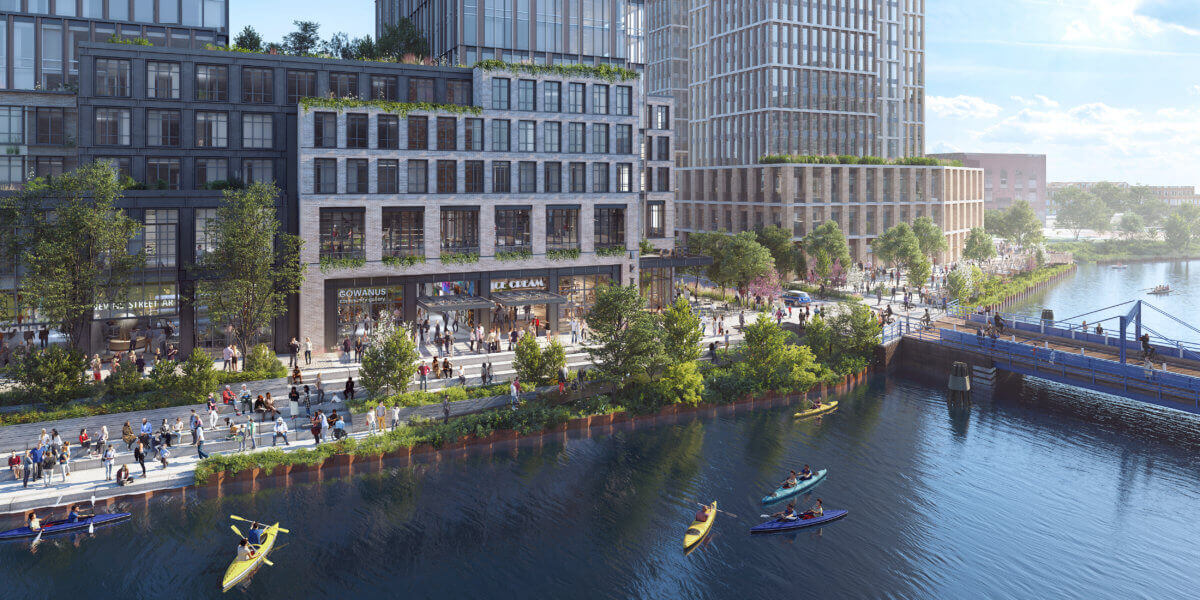
Among the amendments approved by the committee include ones that would require the city to make a firm commitment to increase public space, to conduct a study on coastal flooding in Red Hook and Gowanus, and to give preference not only to residents of Community District 6, but also to those of its surrounding, more diverse districts, in any affordable housing lottery that comes of the rezoning.
Since the board’s recommendations are purely advisory, committee members argued over whether the language in their amendments was strong enough to actually require the city to take their demands into account.
“These should not be conditions, these should be mandates,” said board member Pauline Blake.
Others maintained that the conditions were in fact mandated, and said that Councilmembers Brad Lander and Stephen Levin have the power to write CB6’s conditions into the rezoning when it comes before them as part of the land use process. As it stands, local City Council members hold the greatest power over zoning changes.
“The City Council can make every part of the motion a part of the rezoning,” said Armer. “It’s now up to the borough president and our two Council representatives to support us in our action.”
Others questioned the need to push the rezoning through with so many relevant elected officials leaving office at the end of 2021, including Lander, Levin, Mayor Bill de Blasio and Borough President Eric Adams.
“We’re getting a new administration, how do we know that those coming in will listen to your conditions?” asked Blake.
The contentious rezoning plan has been in the works for a decade now, and has come to encompass several debates over affordable housing, contaminated soil, flood zones, and money for repairs to public housing.
From here, the proposal will go before the full community board on June 23 for another advisory vote, before going before the borough president.
The committees’ vote comes after adjacent Community Board 2 — which contains roughly two blocks of the rezoning area — voted to deny the proposal.
Editor’s note: A version of this story originally ran in Brooklyn Paper. Click here to see the original story.
Related Stories
- Locals, Pols Say City Not Meeting NYCHA Repair Needs as Part of Gowanus Rezoning
- Residents, Local Politicians Gather at Court-Ordered Hybrid Gowanus Rezoning Hearing
- Developer Looks to Gowanus MTA Station Air Rights to Increase Size of Mixed-Use Tower
Email tips@brownstoner.com with further comments, questions or tips. Follow Brownstoner on Twitter and Instagram, and like us on Facebook.

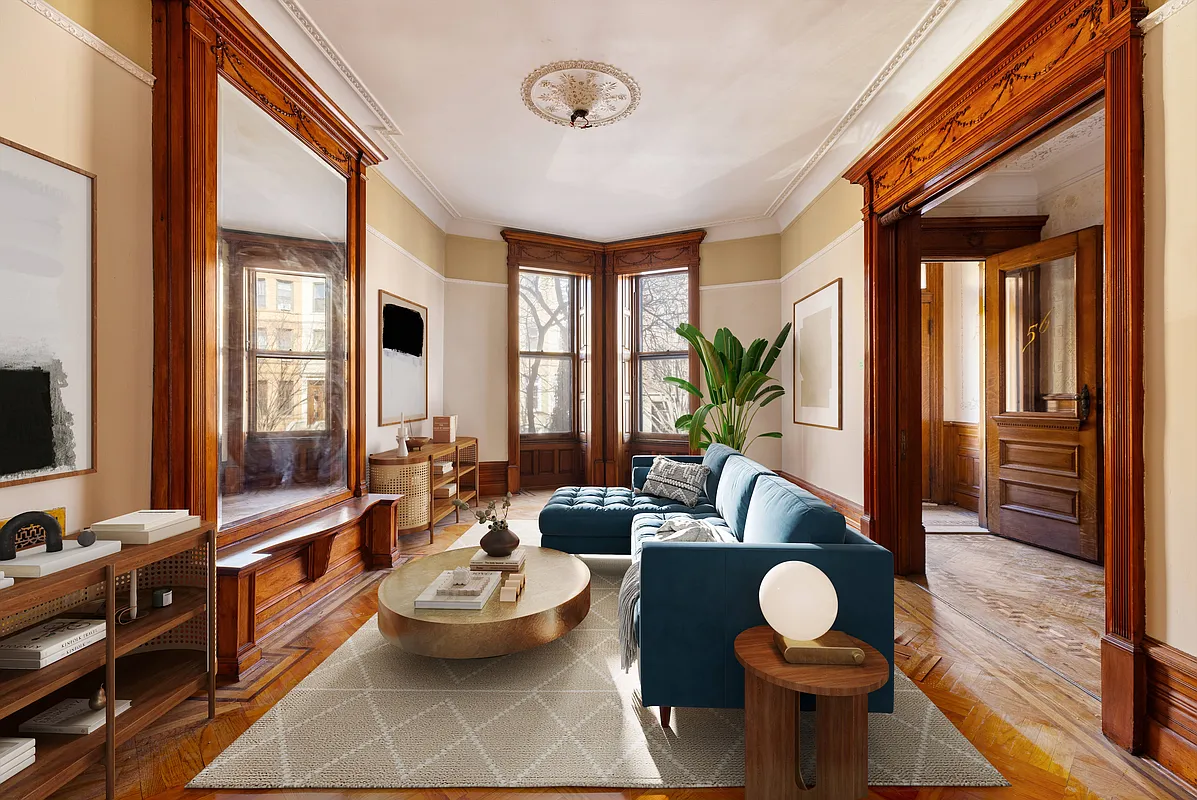
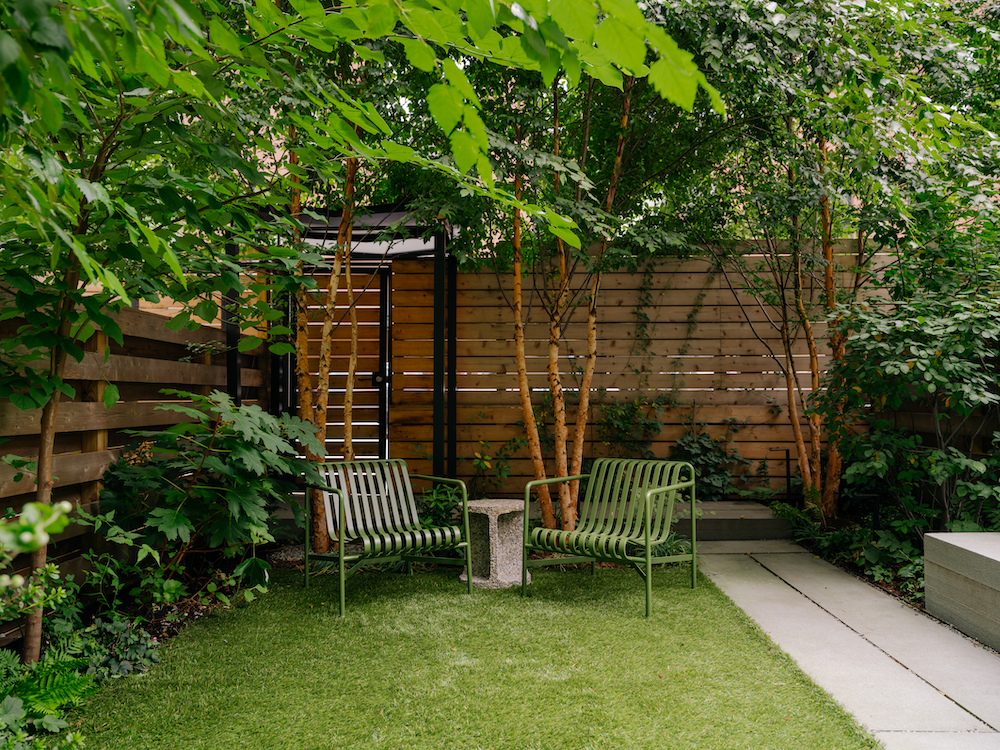
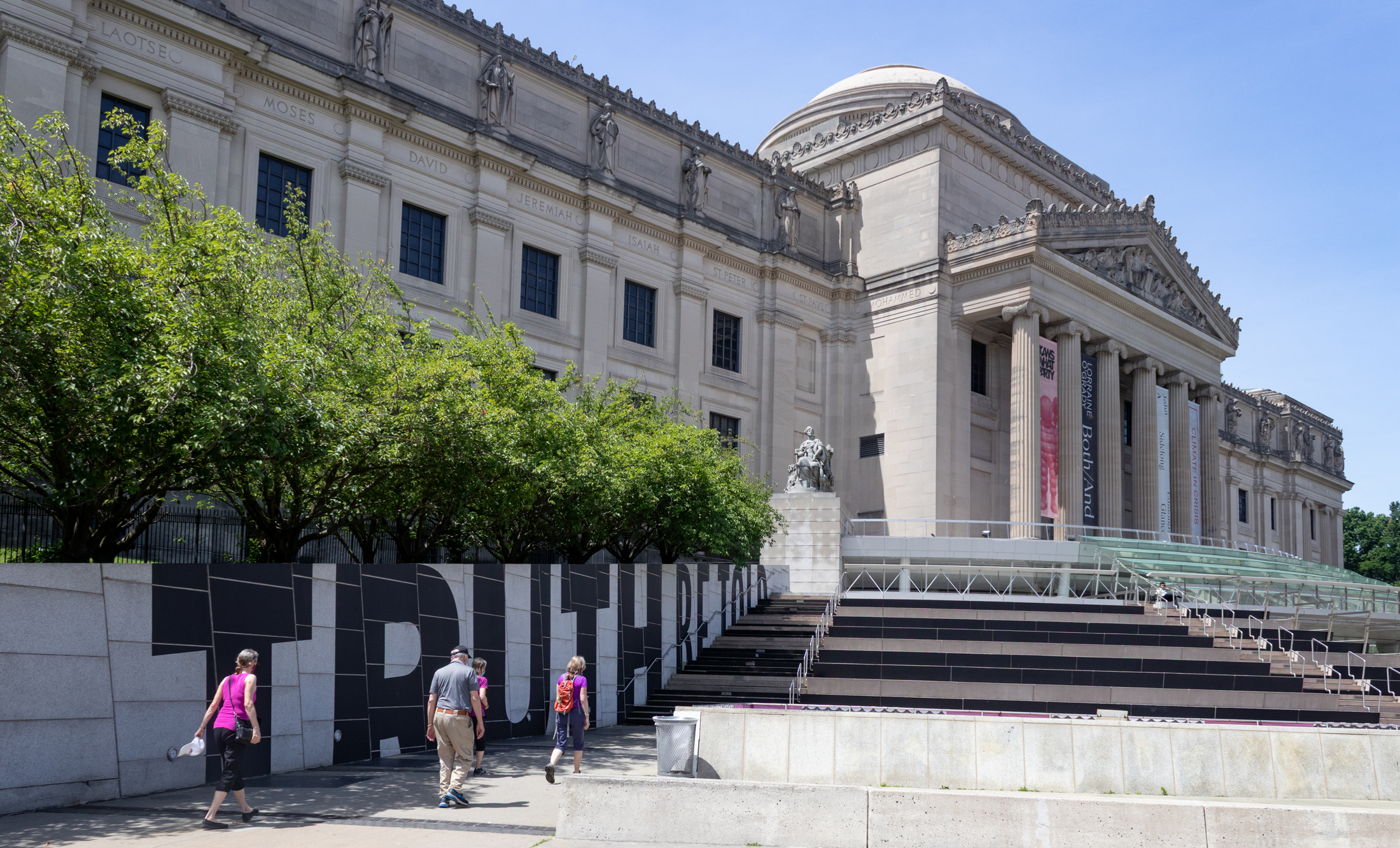
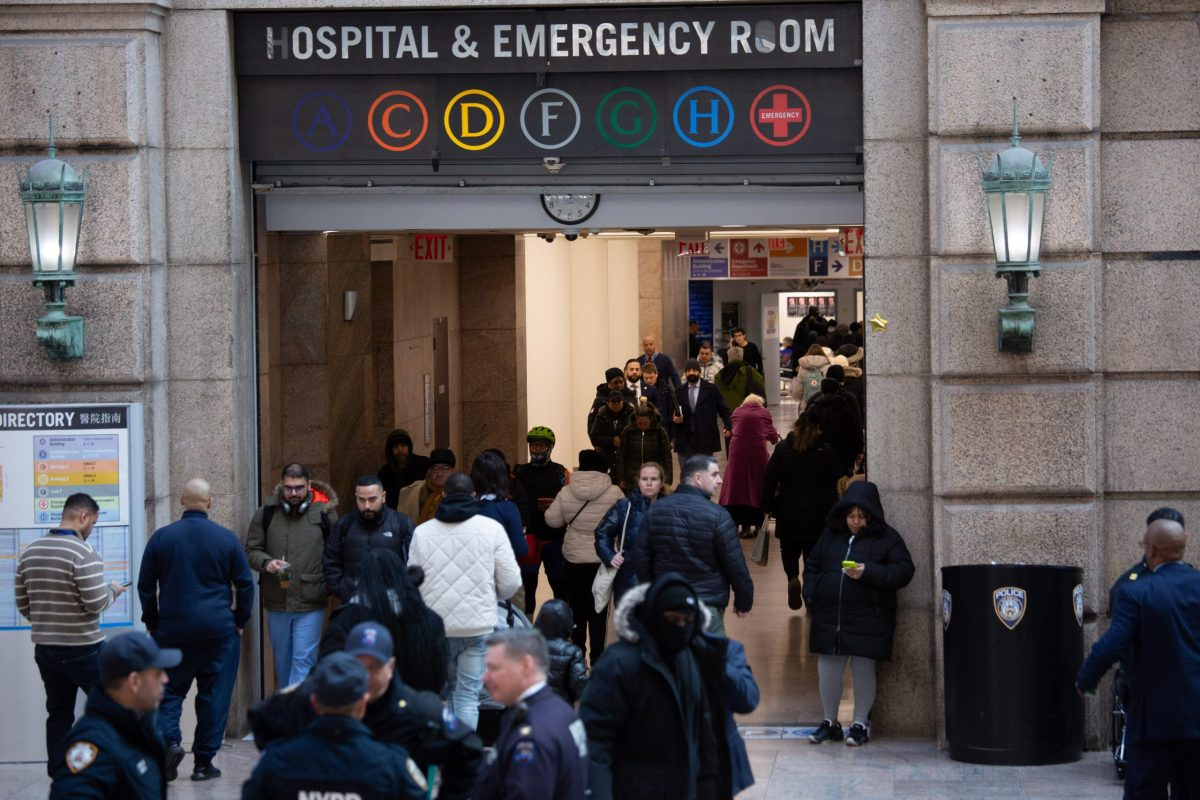




What's Your Take? Leave a Comment